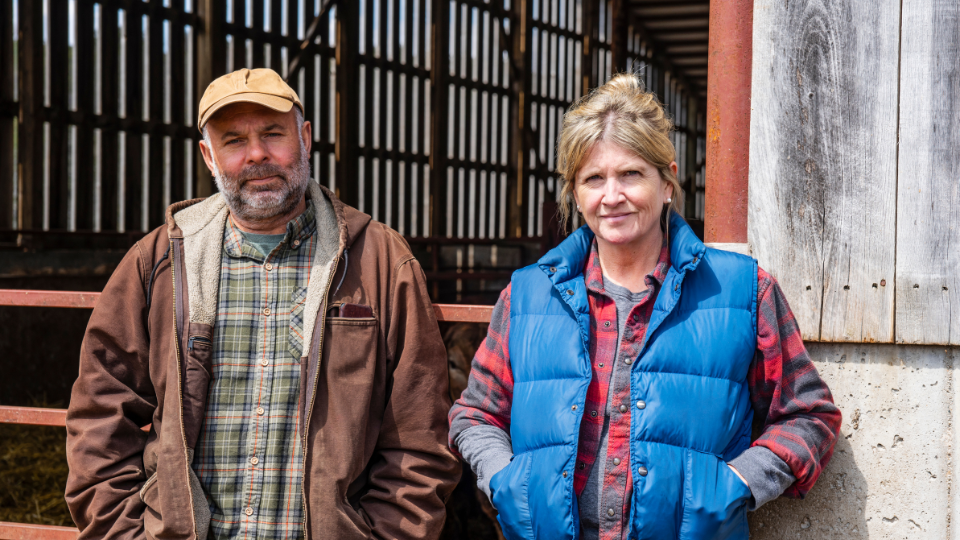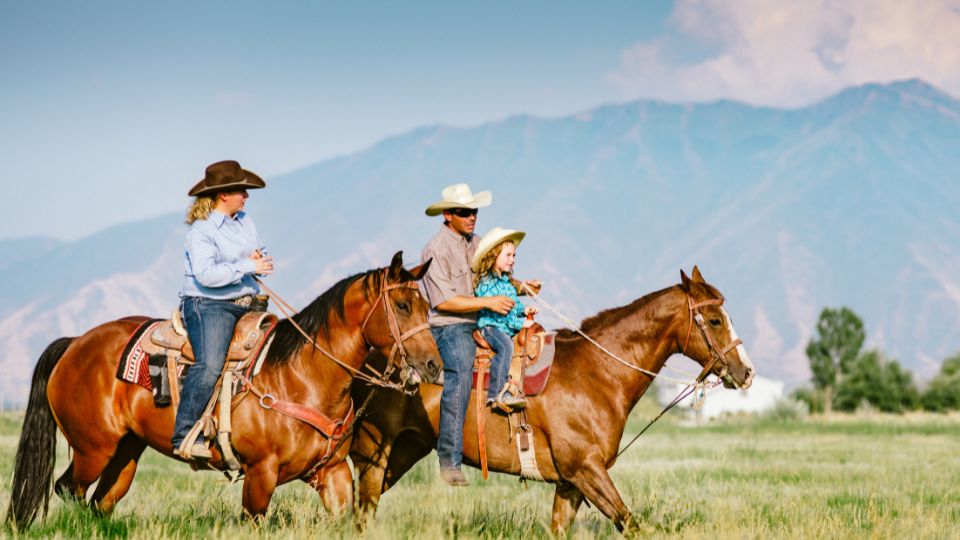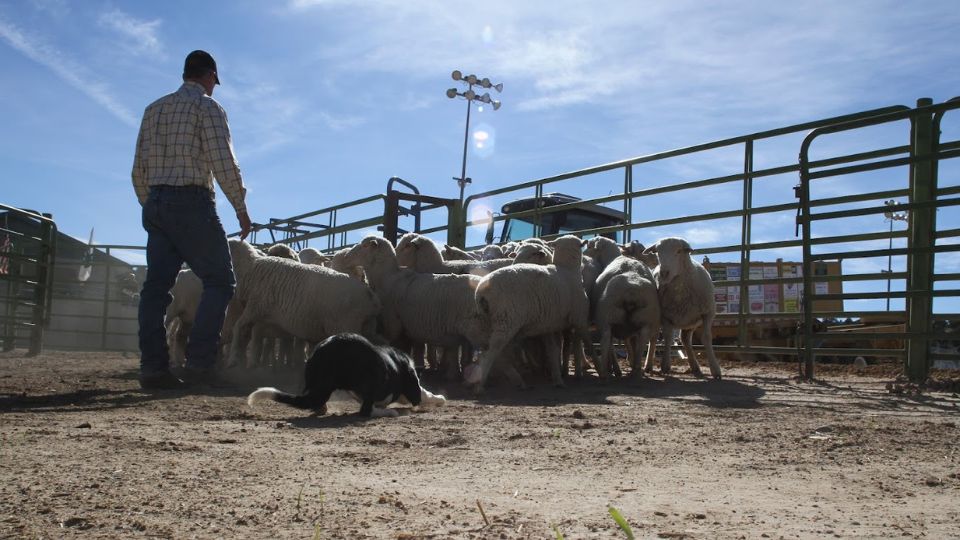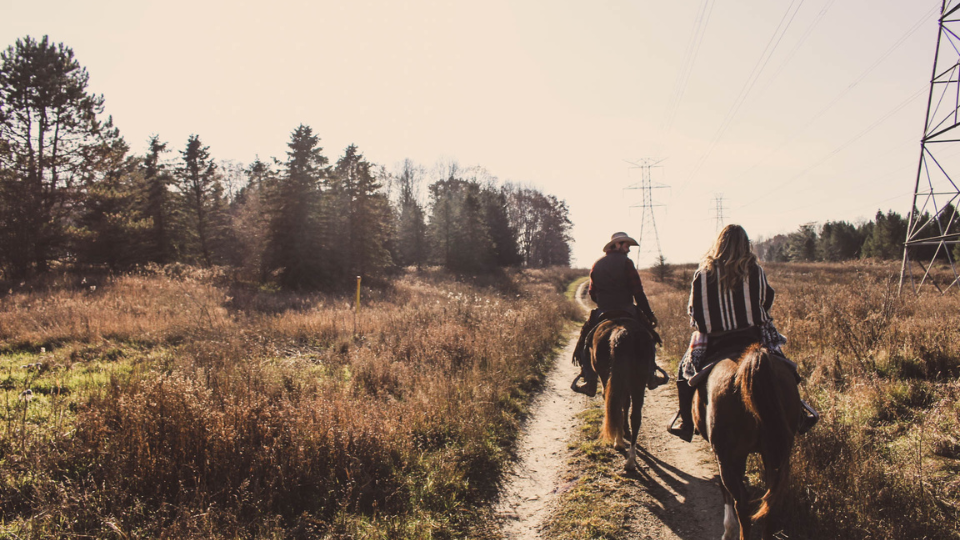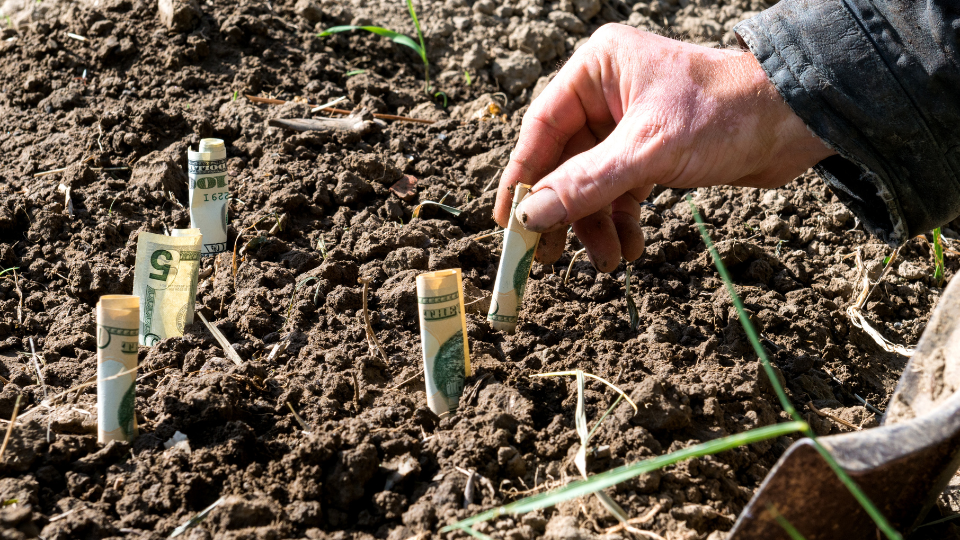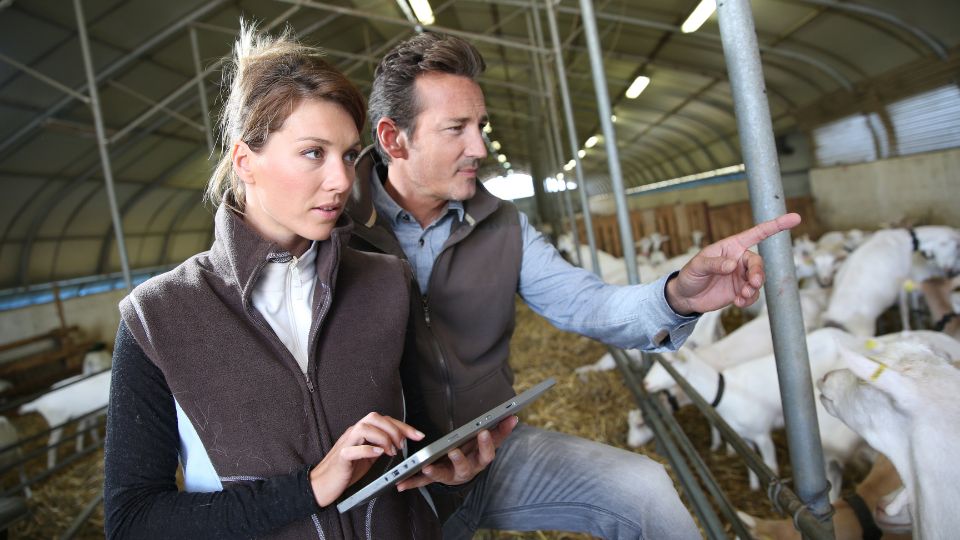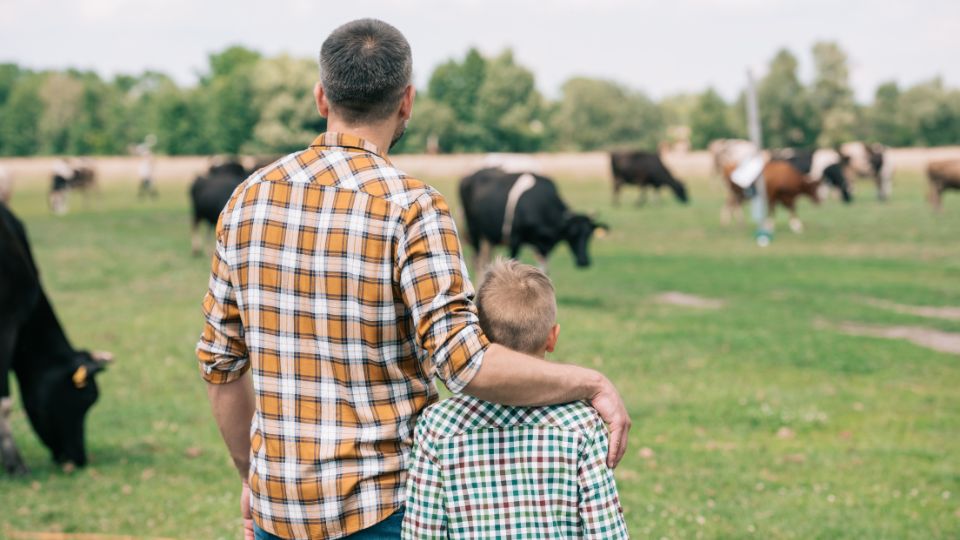Coping with Grief and Loss for Families
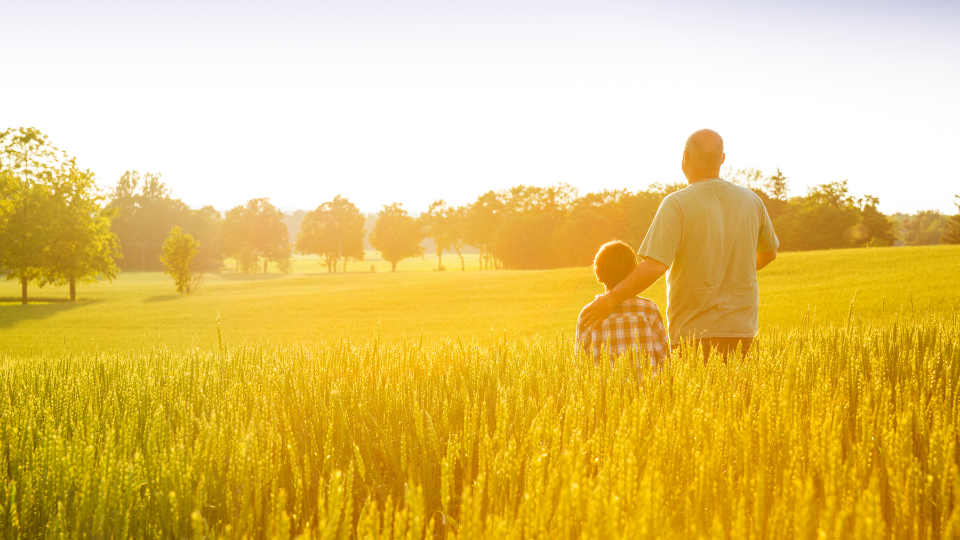
Loss, bereavement, grief, and mourning are some of the most stressful life experiences people endure (Szuhany et al., 2021). Grief and loss profoundly influence our biological, psychological, social, and spiritual well-being and can make the body and mind vulnerable to illness (Peña-Vargas et al., 2021). At the same time, experiences with grief and loss are nearly universal—talk with anyone, and chances are high that they have lost a grandparent, parent, partner, child, friend, or co-worker.
However, despite this fact, few people know how to effectively cope with grief, or how to support someone else (Cacciatore et al., 2021). This is especially true with disenfranchised grief, when people are not “allowed” to mourn, such as after a miscarriage or death by suicide (Robson & Walter, 2012). In addition to losses of loved ones, agricultural producers experience loss on a regular basis – loss of crops, a show animal, property, or completely losing the ability to work in agricultural production. In this blog post, we use examples of losing a loved one; visit these resources for more information on grief associated with losing livestock (GriefLink, 2021) or losing the ability to work in agriculture (Lindquist, 2019).
Whatever your experience, the title of Megan Devine’s (2017) book on grief applies: “It’s okay that you’re not okay.” Not knowing how to cope with personal grief or how to support someone else in theirs can pose problems when families experience a loss together (Worden, 2009). Each family member may be deeply hurting but respond to their hurt in vastly different ways. While one person may want to talk and share memories right away, another may need time before they are ready for these conversations. Neither of these approaches is necessarily “better” or “normal.” They are simply different (Devine, 2017).
Old Views on Grief
You have likely heard of Elizabeth Kübler-Ross’ “stages of grief,” a model developed in the mid-20th century that organized grief-processing into five stages: denial, anger, bargaining, depression, and acceptance (Kübler-Ross and Kessler, 2005). While some people resonate with these stages, recent research suggests that there is no universal way people move through grief; instead, there are multiple common pathways (Szuhany et al., 2021). Depending on their relationship with the deceased, some people may experience more, or less grief than others experiencing a similar loss (Robson & Walter, 2012).
In addition to being inaccurate for many people’s experience, the stage model takes a passive, “time will heal” approach (Stroebe et al., 2017). This does not offer clear direction for how family members can support one another when experiencing loss. After all, if grief processing is marked by distinct stages, what can you do but wait for a family member to just sort of “move on” to the next stage on their own?
Tasks of Mourning
Fortunately, more recent views of grief take an active, “healing takes time and effort” approach. One model, called the Tasks of Mourning, lists specific ways families can respond to grief and support each other toward healing (Worden, 2009).:
- Recognize the loss and unique grief experience of each family member. Families can create space for each member to mourn in their own way. Each person had a different relationship with the deceased person, and they will need to work through the loss of this relationship personally.
- Reorganize to fill, or abandon roles, played by the deceased. If the loved one was a provider, jokester, or “the glue” of the family, the family will need to find ways for other members to fulfill these responsibilities (or let them go). This is not about replacing the loved one, they are irreplaceable. it is about adjusting to life now in ways that promote long-term well-being.
- Reinvest in this “new” family while maintaining a sense of connection to the deceased. Often, people feel guilty for trying to have fun as a family after experiencing a loss. It is okay – and necessary – to continue strengthening relationships. This is done by having new adventures and creating new memories together. At the same time, do not try to force the feelings; let them come and go as they will during the healing process.
- Create individual and shared meaning from the loss. Creating meaning is about making sense of what happened, understanding the impact of the loss, and identifying growth, resilience, and hope since the loss. Families can engage in rituals of connection, such as visiting a grave, talking about what the loss means to them, or giving to a charity that reminds them of the deceased.
Practical Ideas
While all families and family members experience their own unique grief (Devine, 2017), here are some potential ideas that may help you better navigate mourning together:
- Spend time together. After a loss, you may find it easier to mourn on your own. While this is essential, it is also important to spend time together living and connecting. You may want to schedule “mandatory family fun” and bring family members together at a regular, scheduled time to play games, cook, or hike.
- Make enough space for grief. Take time for each family member to grieve their loss. While it may seem easier to bottle up the emotions or to bury them, evidence suggests that this can make the experience of grieving even more intense (Eisme & Stroebe, 2021). Instead, allow yourself to feel what you need to feel, and help family members know they can do the same (Harris, 2021).
- Acknowledge and appreciate differences in mourning. Grief can be expressed in different “languages” or styles, including storytelling, symbols that remind you of the deceased, and comparisons to other people or events (Corless et al., 2014). Family members may experience and express different verbal, non-verbal, and physical responses and engage in different actions as they seek to mourn. It can be helpful to remember that, like English and Spanish, “languages” of grief are different, not better or worse.
- Consider other ways to support. Many families benefit from participating in grief support groups (online or in-person), family therapy, or individual therapy (Cacciatore et al., 2021). In these settings, family members can make sense of their own experience and learn skills to share their loss and to support others who are hurting. Informal support from friends, neighbors, and pets can also be helpful (Cacciatore et al., 2021; Scott et al., 2020).
Conclusion
There is no simple roadmap to navigating grief, no universal stages that mark the terrain for everyone. Walking the journey as a family will involve each person walking their own path at different rates. You can support one another as you acknowledge and make space for differences in mourning, find ways to fill essential roles, reinvest in strengthening family relationships, and create individual and family meaning from the loss.
References
- Cacciatore, J., Thieleman, K., Fretts, R., & Jackson, L. B. (2021). What is good grief support? Exploring the actors and actions in social support after traumatic grief. PLOS ONE, 16(5), e0252324. https://doi.org/10.1371/journal.pone.0252324
- Corless, I. B., Limbo, R., Bousso, R. S., Wrenn, R. L., Head, D., Lickiss, N., & Wass, H. (2014). Languages of grief: A model for understanding the expressions of the bereaved. Health Psychology and Behavioral Medicine, 2(1), 132–143. https://doi.org/10.1080/21642850.2013.879041
- Devine, M. (2017). It's ok that you're not ok: Meeting grief and loss in a culture that doesn't understand. Sounds True.
- Eisma, M. C., & Stroebe, M. S. (2021). Emotion regulatory strategies in complicated grief: A systematic review. Behavior Therapy, 52(1), 234–249. https://doi.org/10.1016/j.beth.2020.04.004
- Grieflink. (2021). Grief following the loss of an animal: The loss of livestock. https://grieflink.org.au/factsheets/grief-associated-with-the-loss-of-livestock/
- Harris, R. (2021). The reality slap: How to survive and thrive when life hits hard (2nd ed.). Robinson.
- Kübler-Ross, D., & Kessler, E. (2005). On grief and grieving. Scribner.
- Lindquist, S. (2021, June 19). Coping with grief after losing the farm. Michigan State University Extension.
- Peña-Vargas, C., Armaiz-Peña, G., & Castro-Figueroa, E. (2021). A biopsychosocial approach to grief, depression, and the role of emotional regulation. Behavioral Sciences, 11(8), 110. https://doi.org/10.3390/bs11080110
- Scott, H. R., Pitman, A., Kozhuharova, P., & Lloyd-Evans, B. (2020). A systematic review of studies describing the influence of informal social support on psychological wellbeing in people bereaved by sudden or violent causes of death. BMC Psychiatry, 20(1), 265. https://doi.org/10.1186/s12888-020-02639-4
- Stroebe, M., Schut, H., & Boerner, K. (2017). Cautioning health-care professionals. Omega, 74(4), 455–473. https://doi.org/10.1177/0030222817691870
- Szuhany, K. L., Malgaroli, M., Miron, C. D., & Simon, N. M. (2021). Prolonged grief disorder: Course, diagnosis, assessment, and treatment. FOCUS, 19(2), 161–172. https://doi.org/10.1176/appi.focus.20200052
- Worden, J. W. (2009). Grief counseling and grief therapy: A handbook for the mental health practitioner (4th ed.). Springer Publishing Company.
Related Research



